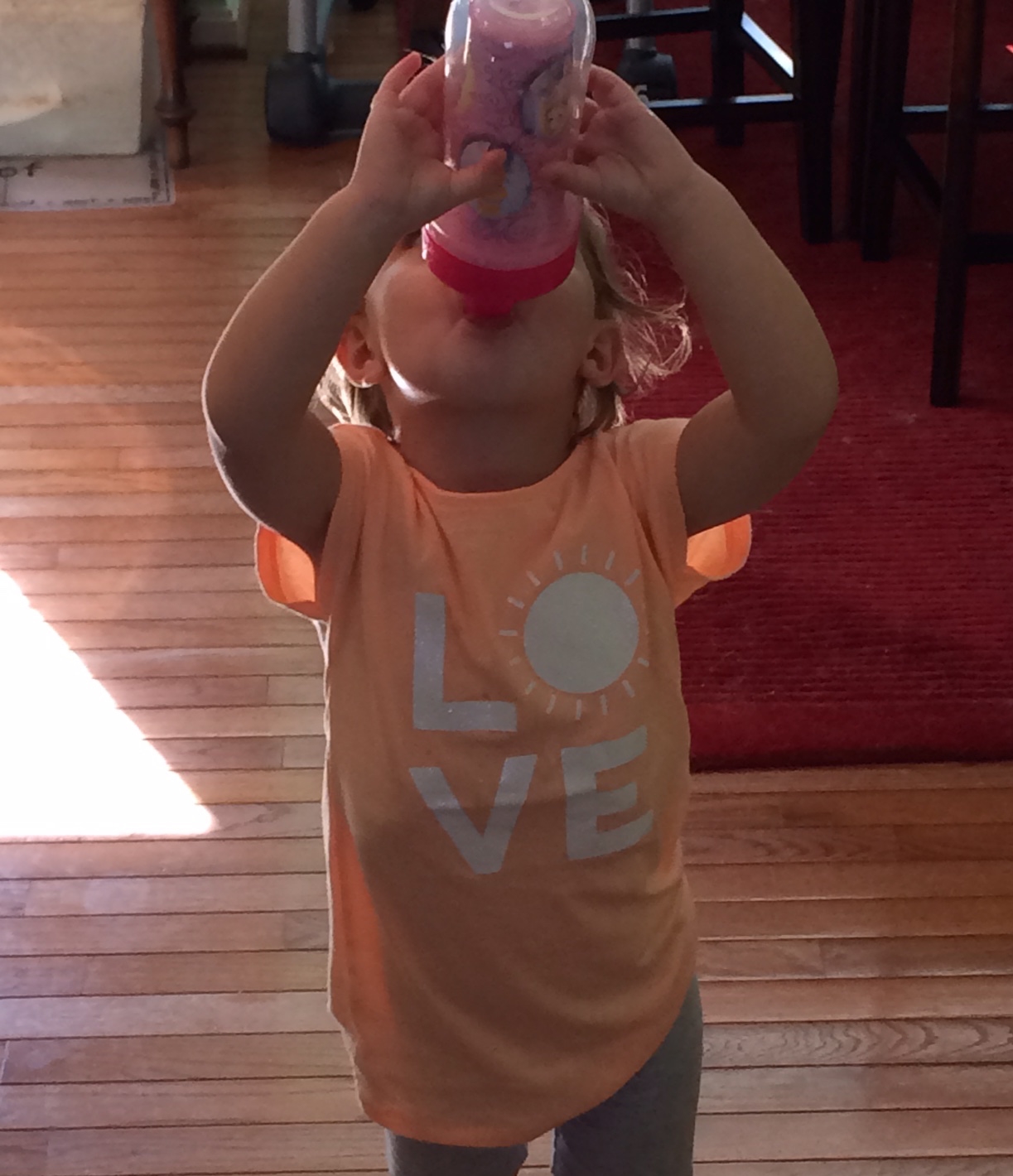You need to talk out there! - Part 2
/Communication Beyond The Field
Understanding how to communicate with others is a great springboard to understanding yourself and your standing in a larger group context. It’s important to make a quick distinction here. In younger children—perhaps third grade and lower—their minds are not fully capable of understanding that other people see them differently than they see themselves. If a first grader thinks he or she is the best player on the team, the belief may follow that the coach and even the other players see the same thing. For these younger players, developing a sense of self related to the group is really about feeling like they are part of the group and learning about friendship. However, for older children and adolescents, there is an opportunity to learn about what makes each person unique, and how every successful group relies heavily on individual differences.
At the age of eight, I knew I could kick a soccer ball farther than most, and I also knew I was slower than many of my peers. At that age, I just wanted to be a faster runner. What I wasn’t ever taught—and didn’t learn until much later—was that there was value in being able to “clear the ball.” No coach ever suggested I could compensate for my lack of speed by being aware of a play as it was developing, or getting in position to clear the ball. When coaches look at what a player has to contribute and then help bring that talent out, participants can better understand their value to the larger group.
Voices Of Many
Probably the greatest missed opportunity from my childhood soccer experiences was never learning that my voice mattered. I distinctly remember thinking during games that if the team tried this or that play, we might score every time, but I never dreamed of voicing those suggestions. Don’t coaches know best? Yes, when it comes to the skills they teach, they should know more than the participants. But kids have ideas that not only need to be heard, but should at times be followed.
One time in middle school—before any clear-cut rules on whether all players should have equal time on the field or only the better players should play to try to win—the coach asked the team what we thought. After some discussion, the players agreed to try to win, so I spent most of the season on the bench. Because the coach asked us and then did what we suggested, I was just fine on the pine. Regardless of the age of the participants, or the sport or activity, there are times when it is appropriate to ask players to weigh in, and then to show that that voice matters.
The ultimate goal of almost any youth program is for participants to have fun while developing healthy life skills. When coaches employ positive youth-development principles, those healthy skills become a habit. It would be wonderful if every child who participated in a program left knowing how to communicate thoughts and feelings as automatically as calling out, “man on!”










